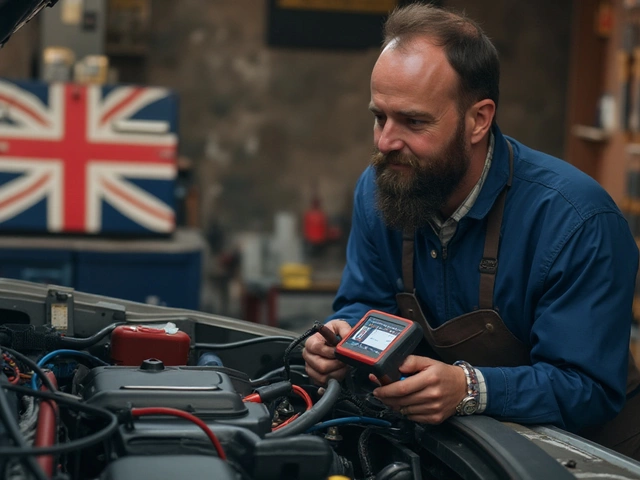Full System Exhaust: The Simple Guide You Need
Ever wonder why some drivers talk about a "full system exhaust" like it’s a magic trick? It’s not sorcery – it’s just a set of parts that work together to move air out of your engine more efficiently. When you replace only the muffler, you might hear a louder tone, but you miss out on the real performance gains. A full system exhaust replaces the pipe, muffler, and sometimes the catalytic converter, giving you a cleaner sound, better fuel economy, and a little extra horsepower.
So, what makes a full system different from a simple muffler swap? Think of it like a full kitchen remodel versus swapping out just the fridge. All the pieces – the inlet pipe, the mid‑pipe, the muffler, and the tailpipe – are designed to work in harmony. That harmony reduces back‑pressure, lets exhaust gases exit faster, and lets the engine breathe easier. The result? Your car feels a bit more responsive, and you might notice a slight boost in miles per gallon.
How to Pick the Right Full System Exhaust
Start with your goals. If you just want a deeper growl, a performance‑oriented muffler might be enough. But if you’re after measurable gains, look for a system that advertises reduced back‑pressure and flow ratings in CFM (cubic feet per minute). Check your car’s make and model – manufacturers often sell “direct fit” kits that require no cutting or welding. Those are great for DIY folks. If you have an older car or a custom build, you may need a universal system that you’ll have to adapt.
Cost is another factor. Full kits can range from £150 for a basic steel set to over £800 for stainless steel, titanium, or carbon‑fiber options. Remember, a higher price usually means better corrosion resistance and a longer warranty. Make sure the kit includes all the hardware you need – clamps, gaskets, and hangers – so you don’t have surprise purchases later.
Installation Tips (and What to Avoid)
Most full system exhausts are bolt‑on. Grab a socket set, loosen the old bolts, slide the new pipe into place, and tighten. Tighten in a criss‑cross pattern to avoid warping the flanges. If you’re working on a stainless steel kit, a little rust remover and anti‑seize compound go a long way. Always double‑check for leaks by starting the engine and listening for hisses. A quick visual sweep for any loose clamps can save you a costly repair later.
Don’t rush the fit‑check. Even a few millimetres off can cause rattles or poor alignment, which leads to premature wear. If you’re unsure about cutting the pipe to length, many shops will do it for a small fee – it’s worth the peace of mind.
After you’ve installed the system, give it a short break‑in period. Drive gently for the first 50 miles, then start checking the bolts again. The heat expansion can tighten connections, but it can also reveal weak spots.
Maintenance is simple: inspect the exhaust for rust, cracks, or loose brackets every few months. A quick wipe with a silicone‑based spray keeps the metal looking fresh and prevents corrosion. If you hear a sudden change in sound, it could be a failing gasket or a loose clamp – address it right away.
Finally, remember that a louder exhaust might attract attention, but it also has to meet local noise regulations. In the UK, there are limits on decibel levels for road‑legal vehicles. Check your local guidelines before you install a particularly aggressive system.
In short, a full system exhaust can give you a smoother sound, a little power bump, and better fuel use – as long as you choose the right kit, install it correctly, and keep an eye on it. Got questions? Drop a comment or swing by Northwich Tyres Centre for expert advice and fitting services.
 24 February 2025
24 February 2025
Is Full System Exhaust Illegal?
Full system exhausts can improve a vehicle's performance but are often at the center of legal debates. This article explores whether they're illegal, diving into regulations, potential fines, and common misconceptions. Learn how to navigate legal waters when modifying your car's exhaust system. The guide also offers tips for maintaining compliance and maximizing benefits.






0